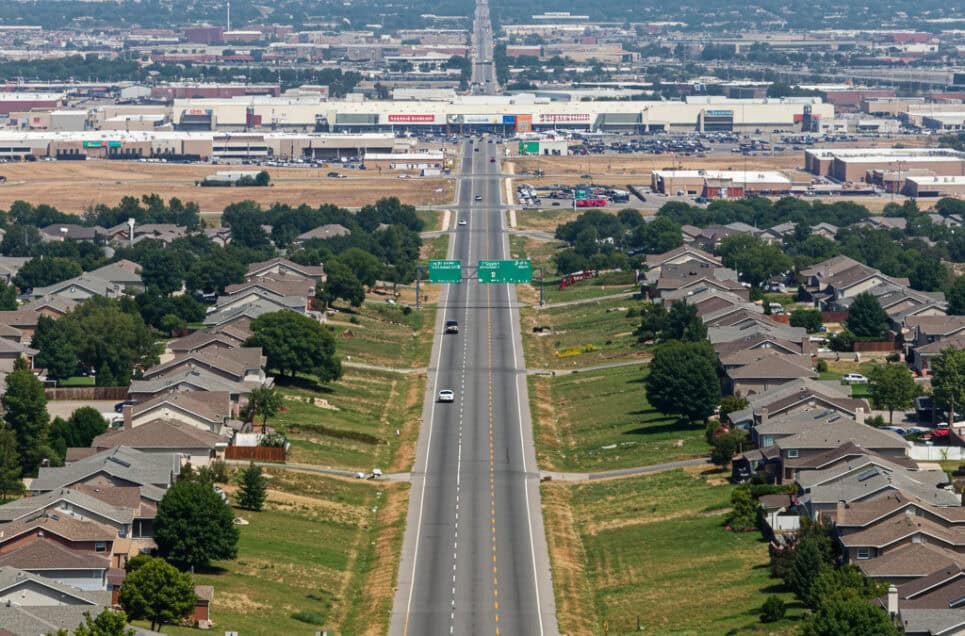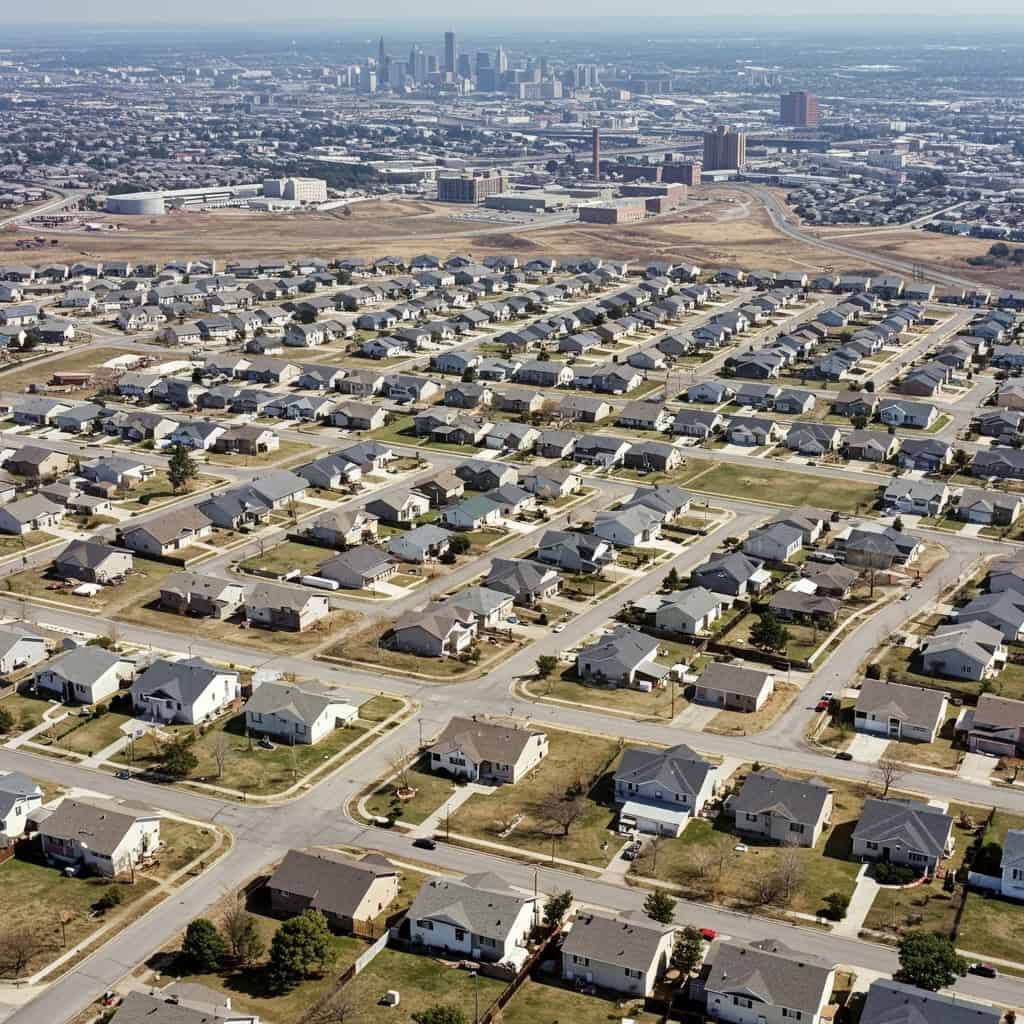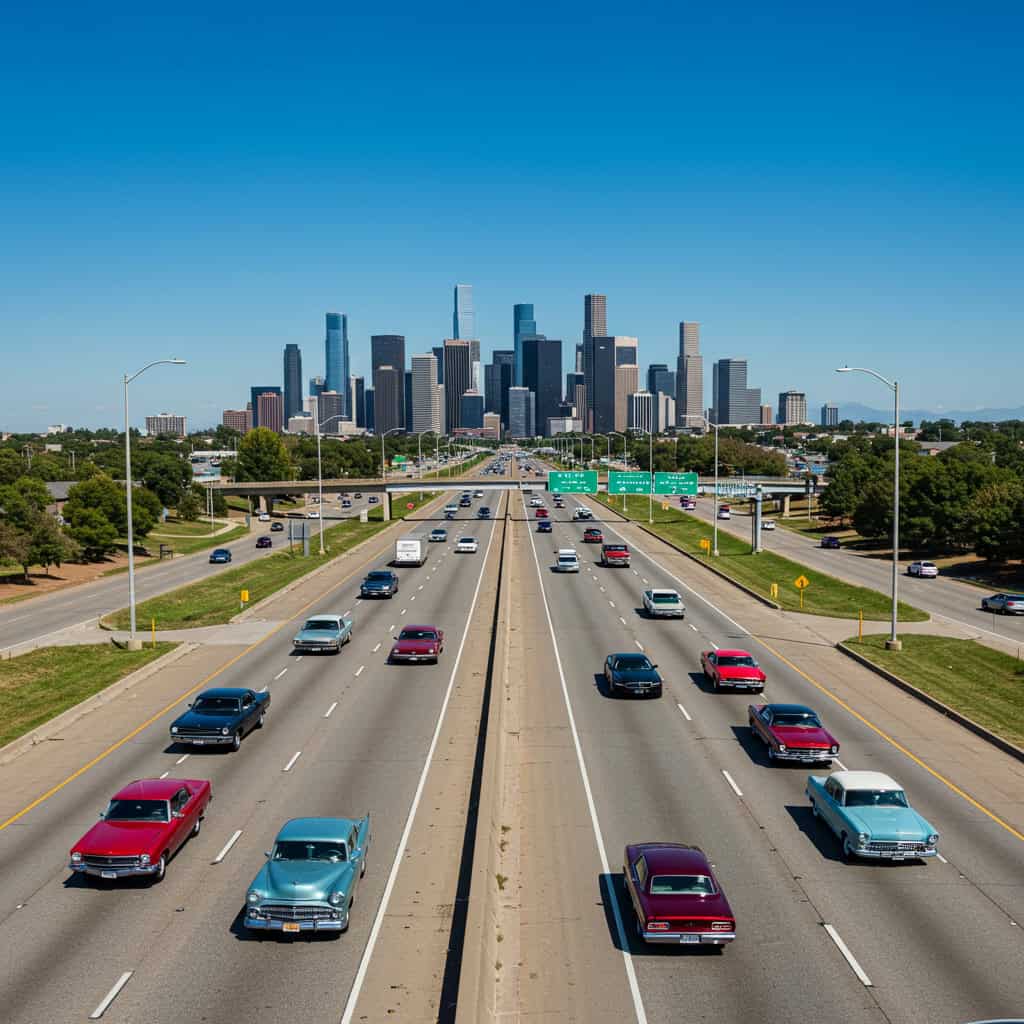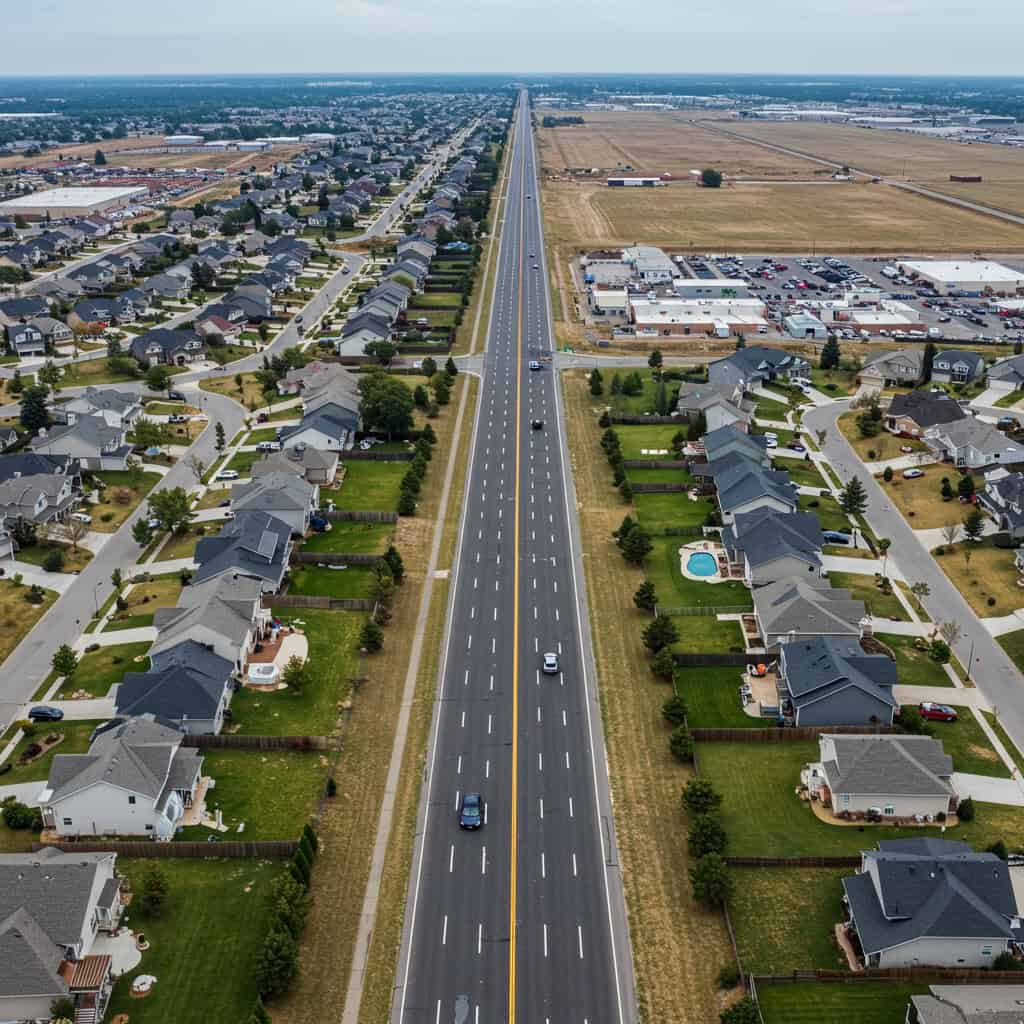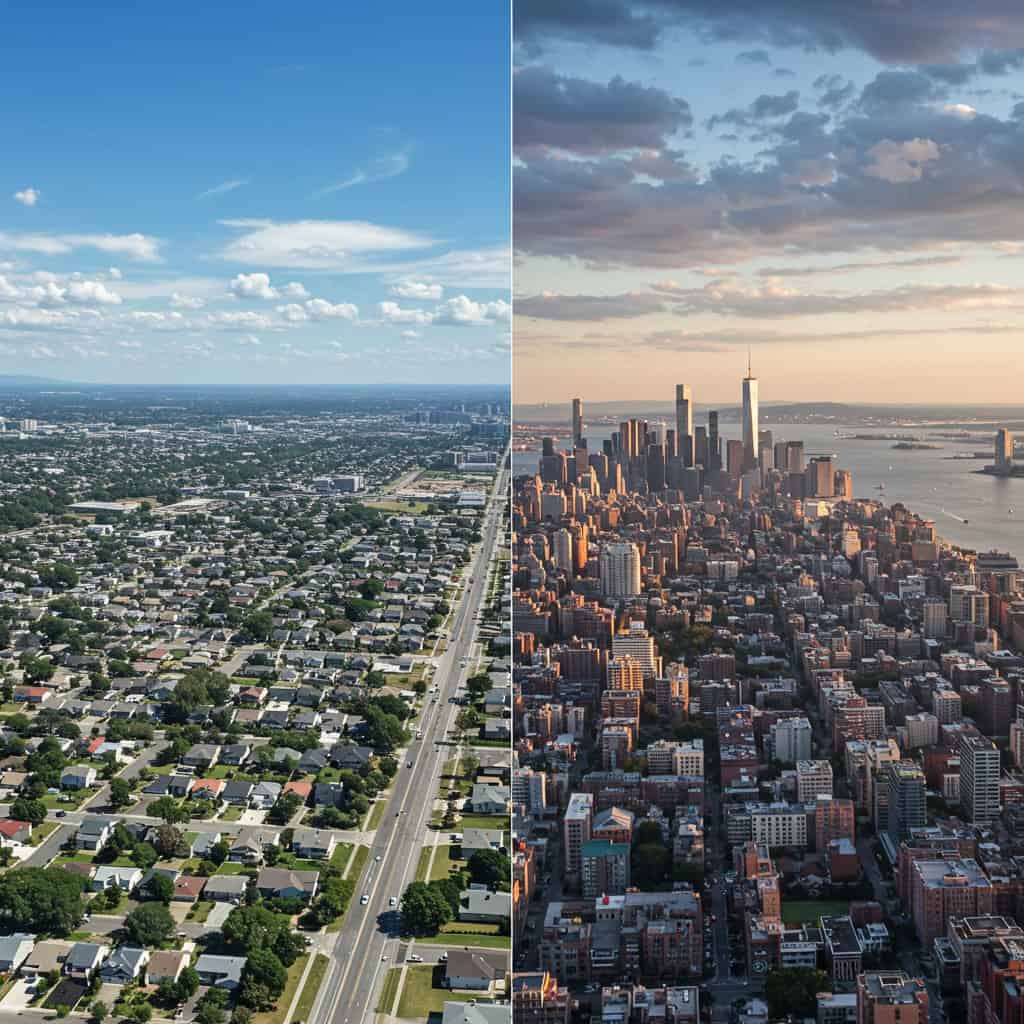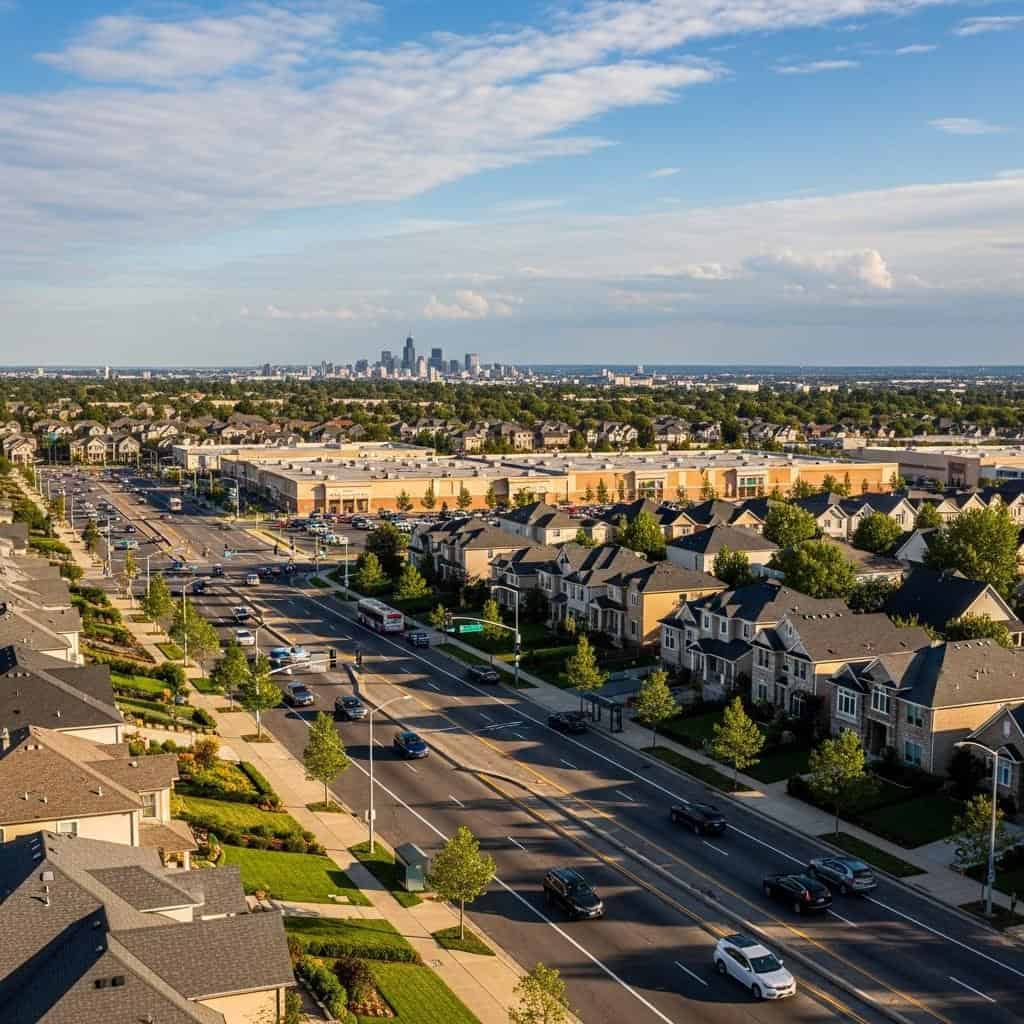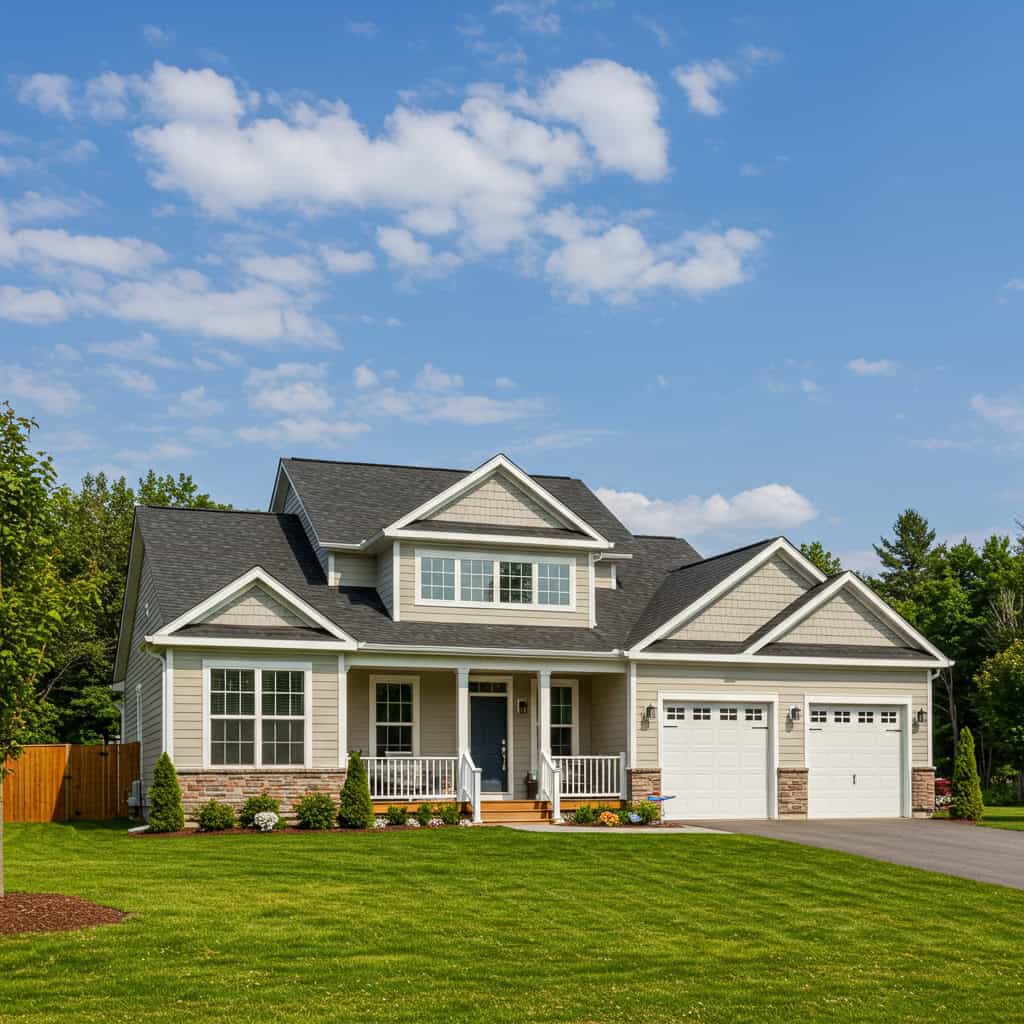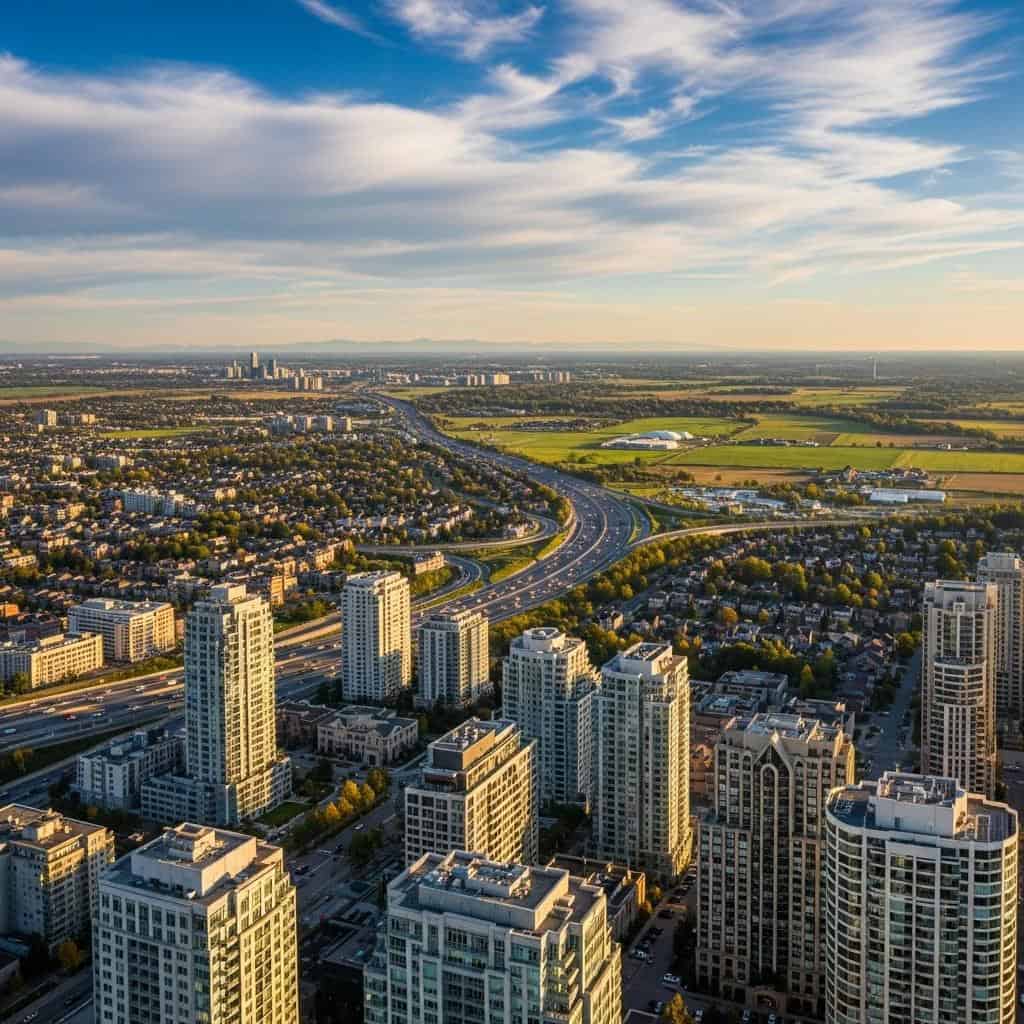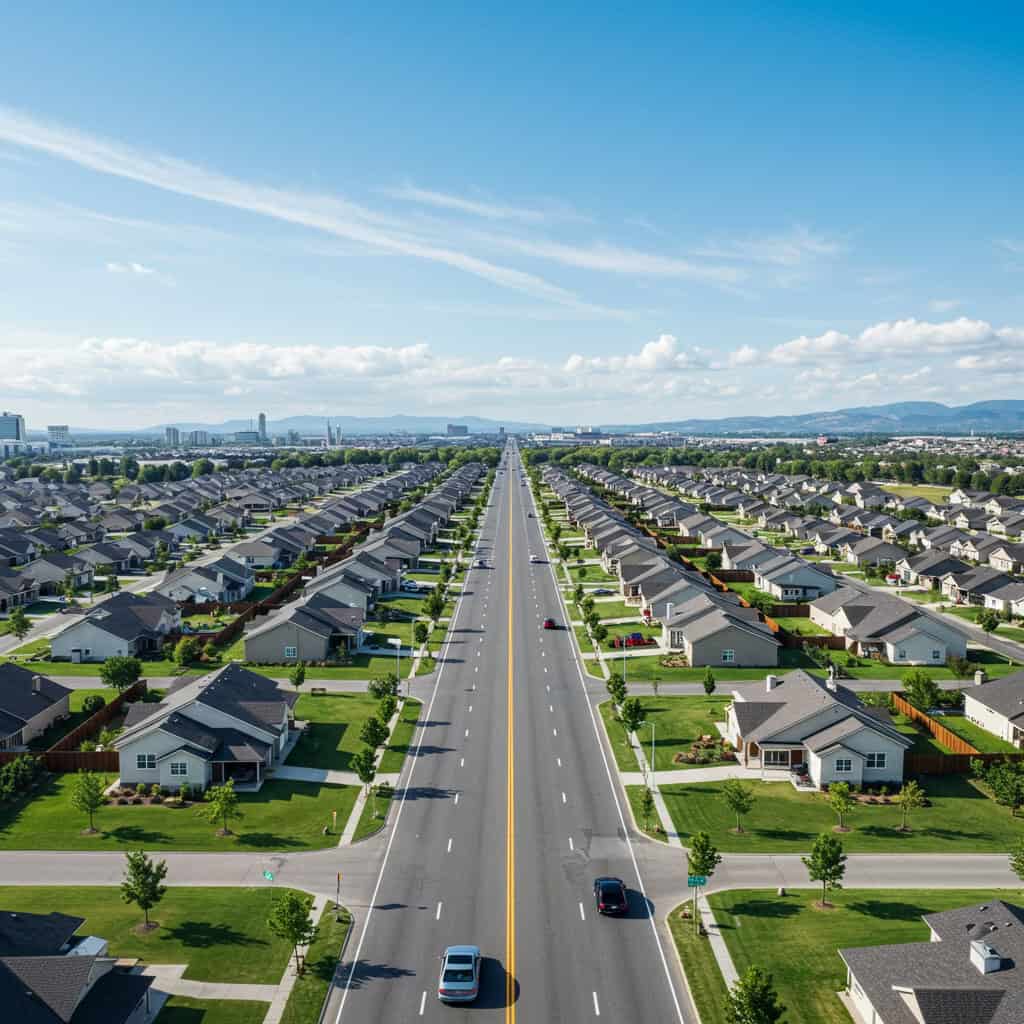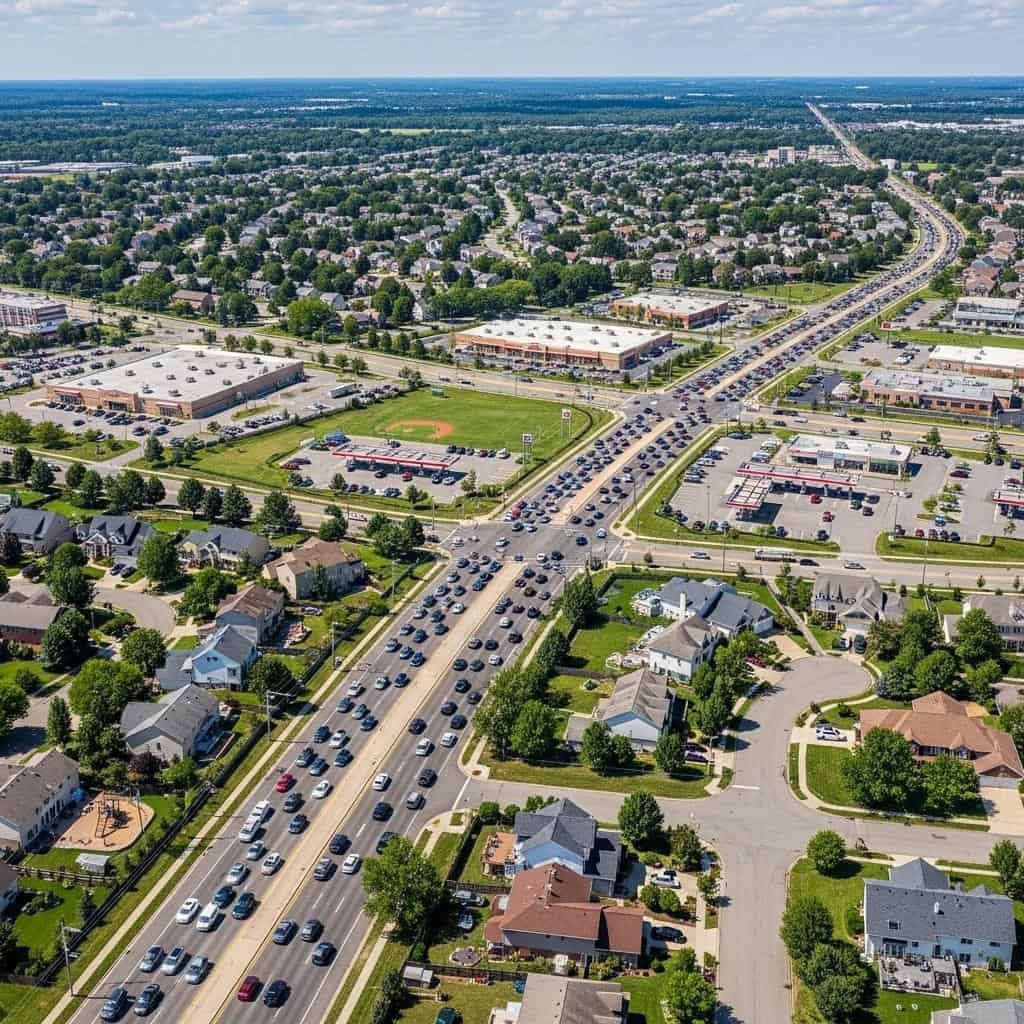Have you ever wondered why so many Americans drive long distances just to buy groceries, visit friends, or get to work? The vast distances between homes, stores, and workplaces are a unique hallmark of American life, sparking curiosity and debate worldwide.
Understanding the historical, cultural, and economic forces behind this phenomenon reveals important insights into American society and daily routines. In this article, you’ll discover how the rise of suburbia, deep-rooted car culture, and distinctive urban planning have shaped these sprawling landscapes.

